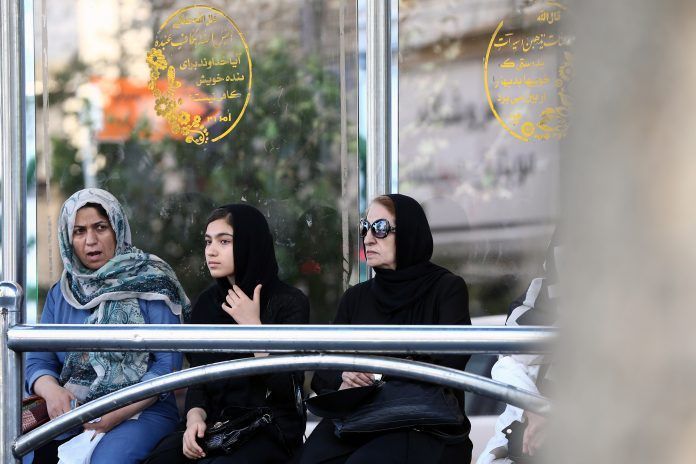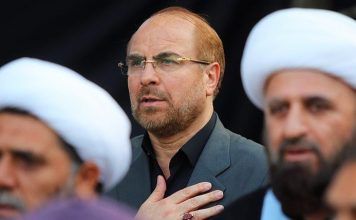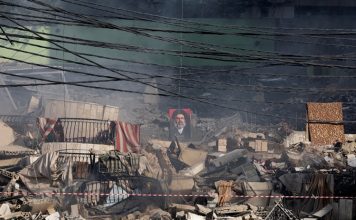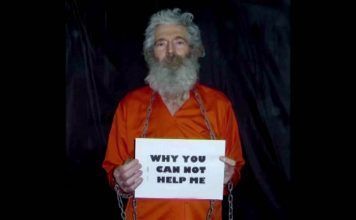By Kayhan Life Staff
There is an increasing gender gap in Iran’s labor market, with women’s share of the workforce significantly smaller than men’s, and female unemployment on the rise, according to data from the Statistical Center of Iran.
Although there were 74,977 more women than men aged 15 and over in the Iranian labor force in the spring of 2023, the female labor force participation rate was 14.1 percent, while the male participation rate was 68.3 percent.
Of the 31 million women aged 15 and over in Iran, only 3.2 million (12 percent) were employed, compared to 20 million (63.7 percent ) of the 32 million men in employment.
A comparison between employment statistics in the spring of 2023 and the spring of 2019 indicated that conditions had worsened for women seeking employment in Iran.
Tough Realities of Life In Iran Are Highlighted in London Festival of Films By Women
Over that four-year period, approximately 600,000 women lost their jobs, while around 500,000 men secured employment. The percentage of employed women out of the total employed population decreased, and it remains below the international average.
According to the “Labor Force Census Plan of the Statistical Center,” there were roughly 24.4 million employed individuals of working age in Iran in the spring of 2019, shortly before the COVID pandemic.
New statistics indicate that there were roughly 24.3 million employed individuals in Iran in the spring of 2023, an increase of more than 700,000 compared to spring 2022, yet still 100,000 short of the 24.4 million registered in the spring of 2019.
There were 550,000 more employed men, yet only around 180,000 employed women. The population of employed men has reached its highest level, and exceeds even the levels of spring 2019 by 500,000. Meanwhile, the number of employed women has decreased by more than 600,000 compared to spring 2019.
The number of employed men in spring 2023 increased by approximately 7.2 percent compared to the spring of 2022, and 23.2 percent compared to the spring of 2019. This trend was accompanied by a decrease in the male unemployment rate over the same periods.
The number of employed women in the spring of 2023 only increased by about 5 percent compared to the spring of 2022 and remained approximately 6.13 percent lower than in spring of 2019. This decrease is attributed to the significant number of women who withdrew from the labor market following the COVID-19 crisis.
International statistics reflect the gender gap in Iran.
The World Economic Forum’s report on gender equality, released in June, ranked 146 countries based on gender gap measurements. Iran came 143rd, before Algeria, Chad, and Afghanistan.
Iran’s performance has been continuously deteriorating in recent years. It was ranked 138th six years ago, and dropped to 140th five years ago.
Meanwhile, according to the World Economic Forum, 42 of the 145 economies surveyed have improved their gender equality score by at least one percentage point in 2022 and 2023. Forty other countries have recorded positive progress and developments.
In the past four decades, Iran has been unable to make advancements in the area of gender equality. The laws of the Islamic Republic conflict directly with the Convention on the Elimination of All Forms of Discrimination against Women in 12 specific areas, including inheritance, blood money, the right to divorce, the right to travel, and the right to cover.
Laws imposed by the government in the name of family protection to promote marriage and childbearing have severely reduced women’s participation in the workplace.
Other reports indicate that even women who have had the chance to be employed face gender discrimination in the workplace: in terms of receiving lower wages than men, being deprived of certain job assignments, and being placed on the layoff list when employers need to cut costs due to the traditional belief that men are the breadwinners. Women also lack opportunities for employment in certain professions such as working in mines, construction supervision, heavy machine driving, and technical professions.
Research shows that women are more affected by recession and inflation than men. Due to years of recession in Iran, the few equal opportunities available have been taken away from women, subjecting them to further hardship. Women usually have lower-paid jobs and fewer benefits, resulting in lower savings. This creates a more difficult situation for women, especially when they are the main breadwinners.
Iranian Media, Lawmakers Criticize Government Over Hyperinflation, Poverty












